Home>Gardening & Outdoor>Landscaping Ideas>When To Dethatch St. Augustine Grass
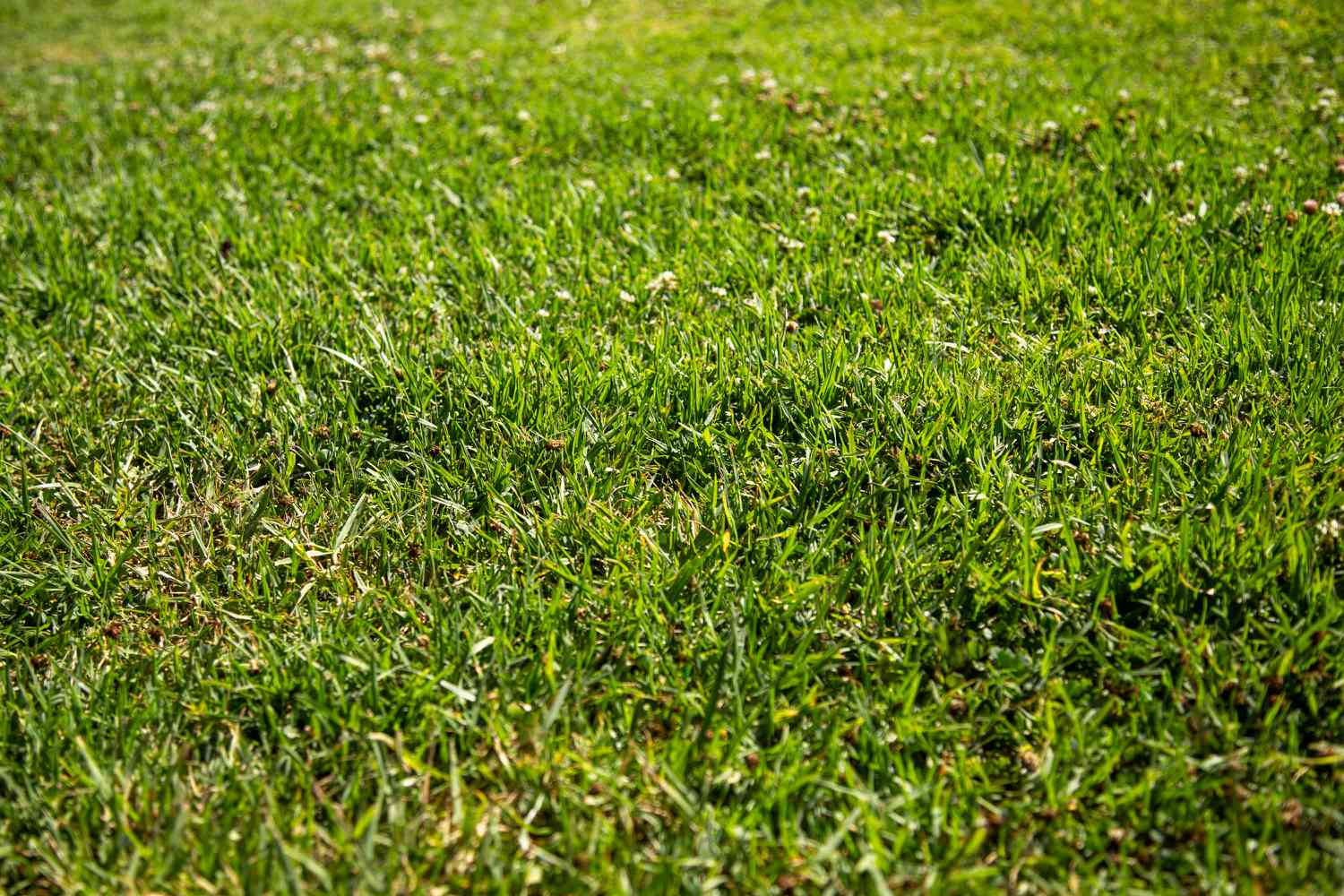

Landscaping Ideas
When To Dethatch St. Augustine Grass
Published: January 29, 2024
Learn the best time to dethatch St. Augustine grass and get expert landscaping ideas for a healthy, vibrant lawn. Discover essential tips for maintaining your lawn's lush appearance.
(Many of the links in this article redirect to a specific reviewed product. Your purchase of these products through affiliate links helps to generate commission for Storables.com, at no extra cost. Learn more)
Introduction
Maintaining a lush, vibrant lawn is a source of pride for homeowners, and St. Augustine grass is a popular choice for its lush, green appearance and ability to thrive in warm climates. However, even the most well-tended lawns can encounter issues such as thatch build-up, which can hinder the overall health and beauty of the grass. In this comprehensive guide, we will explore the crucial aspect of dethatching St. Augustine grass, including what thatch is, signs of thatch build-up, the best time to dethatch, the process of dethatching, and essential aftercare tips.
Thatch build-up occurs when organic debris, such as dead grass, roots, and stems, accumulates above the soil but below the green vegetation. While a certain amount of thatch is beneficial as it can insulate the soil and reduce water evaporation, excessive thatch can impede the movement of air, water, and nutrients to the soil, leading to a host of problems for your lawn. Understanding when and how to dethatch your St. Augustine grass is essential for maintaining its health and vitality.
In the following sections, we will delve into the specifics of dethatching St. Augustine grass, providing valuable insights into identifying thatch build-up, the optimal time for dethatching, and the step-by-step process of dethatching. By the end of this guide, you will be equipped with the knowledge and confidence to ensure the optimal care and maintenance of your St. Augustine grass, promoting a vibrant and resilient lawn for years to come. Let's embark on this enlightening journey to discover the art and science of dethatching St. Augustine grass.
Key Takeaways:
- Dethatching St. Augustine grass is crucial for a healthy lawn. Look out for spongy grass, shallow roots, and water runoff as signs of thatch build-up. Dethatch during late spring to early summer for best results.
- After dethatching, water and fertilize the lawn, resume mowing, and monitor for weeds. With patience and care, your St. Augustine grass will recover and thrive, creating a beautiful outdoor space.
Read more: When To Plant St.Augustine Grass
What is Thatch?
Thatch is a layer of organic matter that accumulates between the soil and the green vegetation in your lawn. It is composed of dead and living stems, roots, and other debris that resist decomposition. This natural process occurs as grass grows and sheds organic material, which then becomes intertwined and compacted, forming a dense mat.
Thatch is a common occurrence in lawns and can have both positive and negative effects on the health of the grass. A thin layer of thatch, approximately half an inch, can provide insulation to the soil, reduce water evaporation, and protect the grass from temperature extremes. However, when thatch exceeds this thickness, it can impede the flow of air, water, and nutrients to the soil, leading to a range of issues such as root stress, disease susceptibility, and reduced tolerance to drought and temperature fluctuations.
Several factors contribute to the accumulation of thatch, including over-fertilization, overwatering, and using certain types of grass that are prone to thatch build-up. St. Augustine grass, known for its lush and dense growth, can develop thatch more readily than other grass varieties. Therefore, it is essential for homeowners with St. Augustine lawns to monitor and manage thatch accumulation effectively.
Regular lawn maintenance practices, such as mowing, watering, and fertilizing, can influence the rate of thatch build-up. Understanding the nature of thatch and its impact on your lawn is crucial for implementing appropriate management techniques, including dethatching when necessary. In the subsequent sections, we will explore the signs of thatch build-up and delve into the best practices for dethatching St. Augustine grass, empowering you to maintain a healthy and resilient lawn.
Signs of Thatch Build-Up
Identifying the presence of thatch build-up in your St. Augustine grass is essential for implementing timely and effective maintenance measures. While a thin layer of thatch is beneficial, excessive accumulation can compromise the health and appearance of your lawn. By recognizing the signs of thatch build-up, you can take proactive steps to address the issue and promote the overall vitality of your grass.
One of the primary indicators of thatch build-up is the spongy feel of the lawn. When walking on the grass, if it feels excessively soft and spongy underfoot, it may be a sign of significant thatch accumulation. This sponginess is attributed to the dense layer of thatch impeding the natural firmness of the soil, potentially hindering proper root development and nutrient uptake.
Additionally, thatch build-up can lead to increased water runoff and reduced water penetration into the soil. If you notice that water pools on the surface of your lawn rather than being absorbed, it could signify that the thatch layer is preventing proper water infiltration. This can result in uneven watering, leading to areas of the lawn being over or under-watered, further exacerbating the issue.
Another visible sign of thatch build-up is the presence of shallow, weak roots. When inspecting your St. Augustine grass, observe the depth and strength of the roots. If the roots appear stunted and fail to penetrate deeply into the soil, it may indicate that the thatch layer is impeding their growth and inhibiting their ability to access essential nutrients and moisture.
Furthermore, thatch build-up can create an ideal environment for pests and diseases to thrive. Insects and pathogens may find refuge within the thatch layer, potentially causing damage to the grass and undermining its overall health. Therefore, if you notice an increase in pest activity or the onset of unexplained lawn diseases, it could be linked to excessive thatch accumulation.
By being attentive to these signs, homeowners can assess the condition of their St. Augustine grass and determine whether dethatching is necessary. In the subsequent sections, we will explore the optimal timing for dethatching and the step-by-step process of effectively removing thatch to rejuvenate and revitalize your lawn.
Best Time to Dethatch St. Augustine Grass
Choosing the right time to dethatch your St. Augustine grass is crucial for achieving optimal results and minimizing stress on the lawn. While dethatching can be performed at various times of the year, selecting the appropriate season is essential for ensuring the grass’s ability to recover and thrive following the process.
For St. Augustine grass, the best time to dethatch is during its peak growth period, which typically occurs in late spring to early summer. Performing dethatching during this time allows the grass to recover more quickly and take advantage of the favorable growing conditions to rejuvenate and fill in any bare areas that may result from the process.
It is important to avoid dethatching during the dormant or slow-growth periods, such as the winter months, as the grass may not have the capacity to regenerate and repair itself effectively. Dethatching during these periods can leave the lawn vulnerable to stress and environmental pressures, potentially leading to prolonged recovery and increased susceptibility to issues such as weed infestation and disease.
Prior to dethatching, it is advisable to ensure that the soil is adequately moist, but not overly saturated. Performing the process on slightly moist soil facilitates the removal of thatch while minimizing soil disturbance. Additionally, mowing the grass to a slightly lower height than usual before dethatching can aid in the effective removal of thatch and enhance the overall outcome of the process.
By selecting the appropriate time to dethatch your St. Augustine grass, you can promote the health and resilience of your lawn, allowing it to thrive and flourish throughout the growing season. In the following section, we will delve into the step-by-step process of dethatching, providing valuable insights into the techniques and considerations for effectively rejuvenating your St. Augustine grass.
Dethatch St. Augustine grass in late spring or early summer when it’s actively growing. This allows the grass to recover quickly from the dethatching process.
How to Dethatch St. Augustine Grass
Dethatching St. Augustine grass is a vital aspect of lawn maintenance, and when performed correctly, it can rejuvenate the health and appearance of your lawn. The process of dethatching involves removing the accumulated layer of thatch to promote better air, water, and nutrient penetration into the soil, ultimately fostering a more robust and resilient grass growth.
The following steps outline the process of dethatching St. Augustine grass:
- Assess Thatch Thickness: Before initiating the dethatching process, assess the thickness of the thatch layer. While a thin layer of thatch is beneficial, if it exceeds half an inch in thickness, it may impede the health of the grass.
- Prepare the Lawn: Mow the grass to a slightly lower height than usual to facilitate the removal of thatch. Ensure that the soil is moderately moist, as this aids in the dethatching process.
- Select the Dethatching Equipment: Depending on the size of your lawn, choose between a dethatching rake, manual dethatching tool, or a power dethatcher. Power dethatchers, which can be rented from equipment rental stores, are suitable for larger lawns, while smaller areas may be effectively dethatched using manual tools.
- Begin Dethatching: Using the selected dethatching equipment, work systematically across the lawn, raking or running the dethatcher over the grass to remove the thatch. Ensure that the equipment penetrates the thatch layer without excessively disturbing the soil.
- Collect Thatch Debris: As you dethatch, collect the loosened thatch debris using a rake or a lawn sweeper. Proper disposal of the removed thatch prevents it from re-settling on the lawn and hindering the recovery process.
- Aftercare: Following the dethatching process, water the lawn lightly to help it recover. Apply a balanced fertilizer to promote new growth and aid in the recovery of the grass.
It is important to note that while dethatching is beneficial, it should not be performed too frequently, as it can stress the grass and disrupt its growth patterns. Typically, dethatching is recommended every 2-3 years or when the thatch layer exceeds the optimal thickness.
By following these steps and exercising care during the dethatching process, homeowners can effectively rejuvenate their St. Augustine grass, setting the stage for a healthier and more robust lawn. In the subsequent section, we will explore essential aftercare and maintenance practices to support the recovery and long-term well-being of your lawn.
Read more: When To Fertilize St. Augustine Grass
Aftercare and Maintenance
After dethatching your St. Augustine grass, providing appropriate aftercare and maintenance is essential for supporting its recovery and promoting long-term health and vitality. Implementing the following practices will aid in the grass’s rejuvenation and contribute to a resilient and lush lawn:
- Watering: Following dethatching, ensure that the lawn receives adequate water. Keep the soil consistently moist, but avoid overwatering, which can impede the recovery process.
- Fertilization: Apply a balanced fertilizer to the lawn after dethatching. The fertilizer should contain essential nutrients that support new growth and help the grass recover from the dethatching process.
- Mowing: Resume mowing the lawn once it has sufficiently recovered from dethatching. Maintain the recommended mowing height for St. Augustine grass, typically between 2.5 to 4 inches, to encourage healthy growth and discourage thatch accumulation.
- Aeration: Consider aerating the lawn to improve soil compaction and enhance air, water, and nutrient penetration. Aeration can be especially beneficial after dethatching, as it complements the rejuvenation process.
- Weed Control: Monitor the lawn for weed growth, especially after dethatching. Address any weed infestations promptly to prevent them from competing with the recovering grass for essential resources.
- Monitoring: Regularly inspect the lawn for signs of recovery and any potential issues. Address any emerging problems promptly to maintain the health and beauty of your St. Augustine grass.
It is important to be patient and allow the grass sufficient time to recover from the dethatching process. While some initial stress may be observed, with proper aftercare and maintenance, the grass will gradually rejuvenate and regain its lush and vibrant appearance.
Furthermore, to minimize the likelihood of excessive thatch accumulation in the future, it is advisable to practice good lawn care habits, including proper watering, mowing, and fertilization. Additionally, regular dethatching, typically every 2-3 years or as needed, can prevent thatch from becoming a hindrance to the health of your St. Augustine grass.
By incorporating these aftercare and maintenance practices into your lawn care routine, you can support the recovery of your St. Augustine grass and foster a resilient and thriving lawn that enhances the beauty of your outdoor space.
With a commitment to diligent aftercare and maintenance, your St. Augustine grass will flourish, providing a lush and inviting landscape for you to enjoy and take pride in for years to come.
Conclusion
Dethatching St. Augustine grass is a fundamental aspect of maintaining a healthy and vibrant lawn. By understanding the nature of thatch, recognizing the signs of thatch build-up, and knowing the best time to dethatch, homeowners can effectively rejuvenate their grass and promote its long-term well-being.
Thatch, while serving as a natural component of the lawn, can become problematic when it accumulates excessively, hindering the movement of air, water, and nutrients to the soil. Recognizing the signs of thatch build-up, such as sponginess, shallow roots, and water runoff, empowers homeowners to take proactive steps to address the issue and ensure the health of their St. Augustine grass.
Choosing the optimal time to dethatch, typically during the peak growth period in late spring to early summer, sets the stage for successful rejuvenation. By following the step-by-step process of dethatching and providing diligent aftercare and maintenance, homeowners can support the grass’s recovery and foster a resilient and lush lawn.
Ultimately, the commitment to regular dethatching, appropriate aftercare, and consistent maintenance practices is essential for preserving the health and beauty of St. Augustine grass. By integrating these practices into your lawn care routine, you can enjoy a vibrant and inviting outdoor space that enhances the overall appeal of your home.
With the knowledge and insights gained from this comprehensive guide, you are well-equipped to embark on the journey of dethatching and rejuvenating your St. Augustine grass, ensuring a lush and resilient lawn that thrives throughout the seasons. By nurturing your grass with care and attention, you can create a captivating outdoor oasis that brings joy and pride to your home.
So, embrace the art and science of dethatching, and witness the transformation of your St. Augustine grass into a thriving and picturesque landscape that enriches your outdoor living experience.
Frequently Asked Questions about When To Dethatch St. Augustine Grass
Was this page helpful?
At Storables.com, we guarantee accurate and reliable information. Our content, validated by Expert Board Contributors, is crafted following stringent Editorial Policies. We're committed to providing you with well-researched, expert-backed insights for all your informational needs.
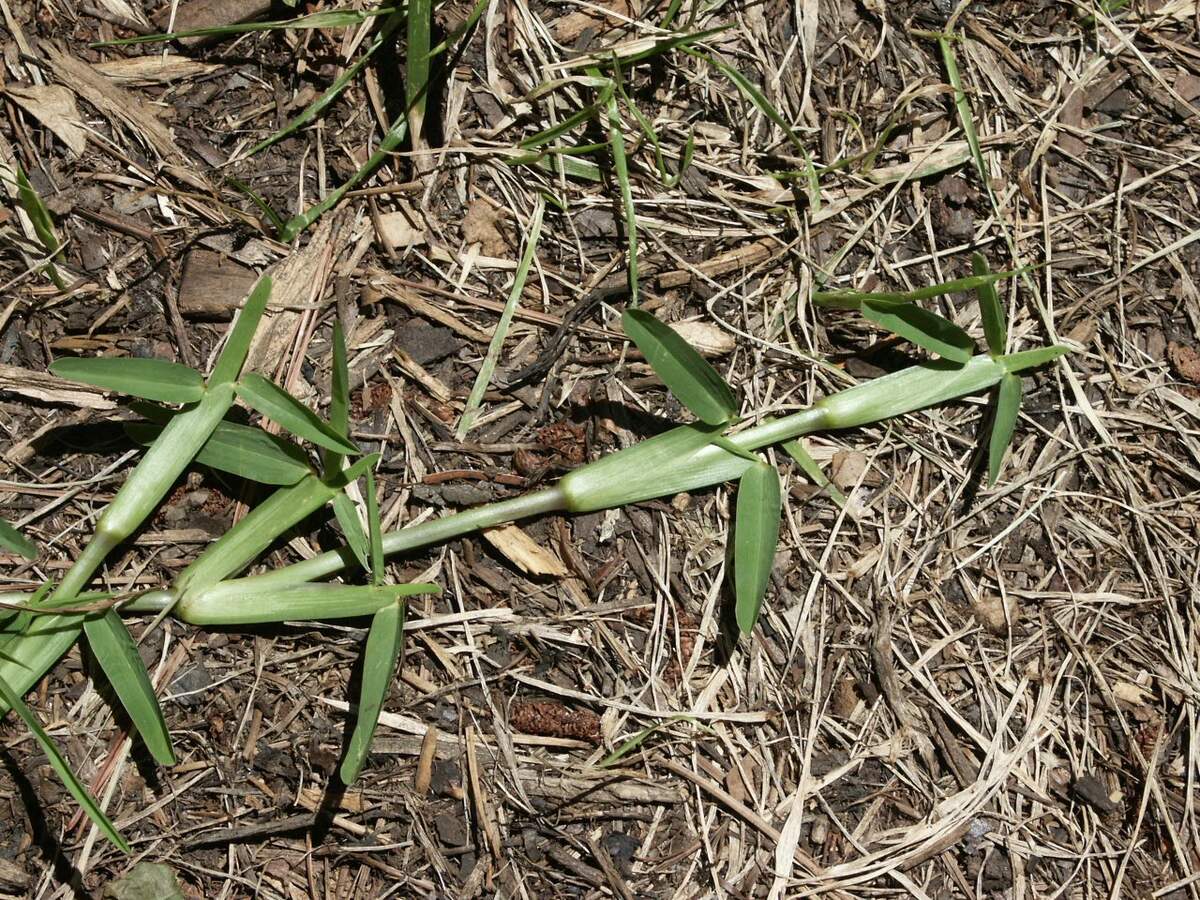
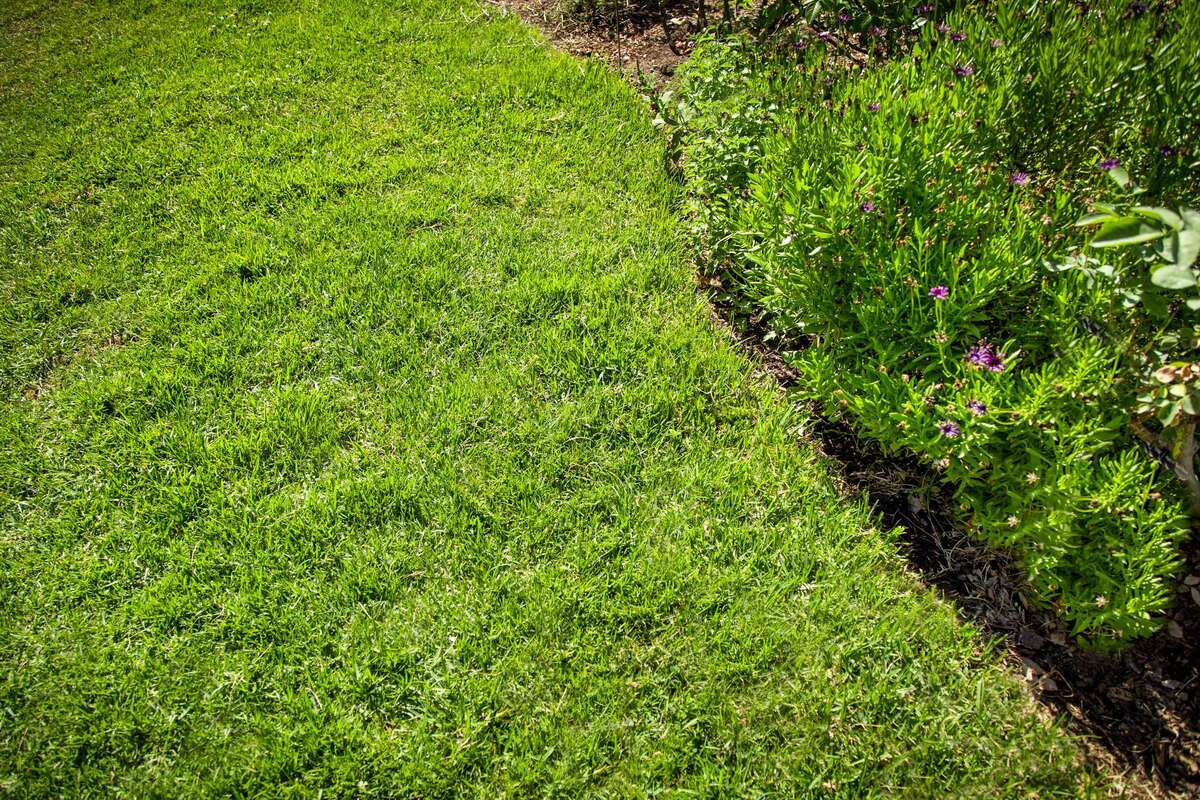
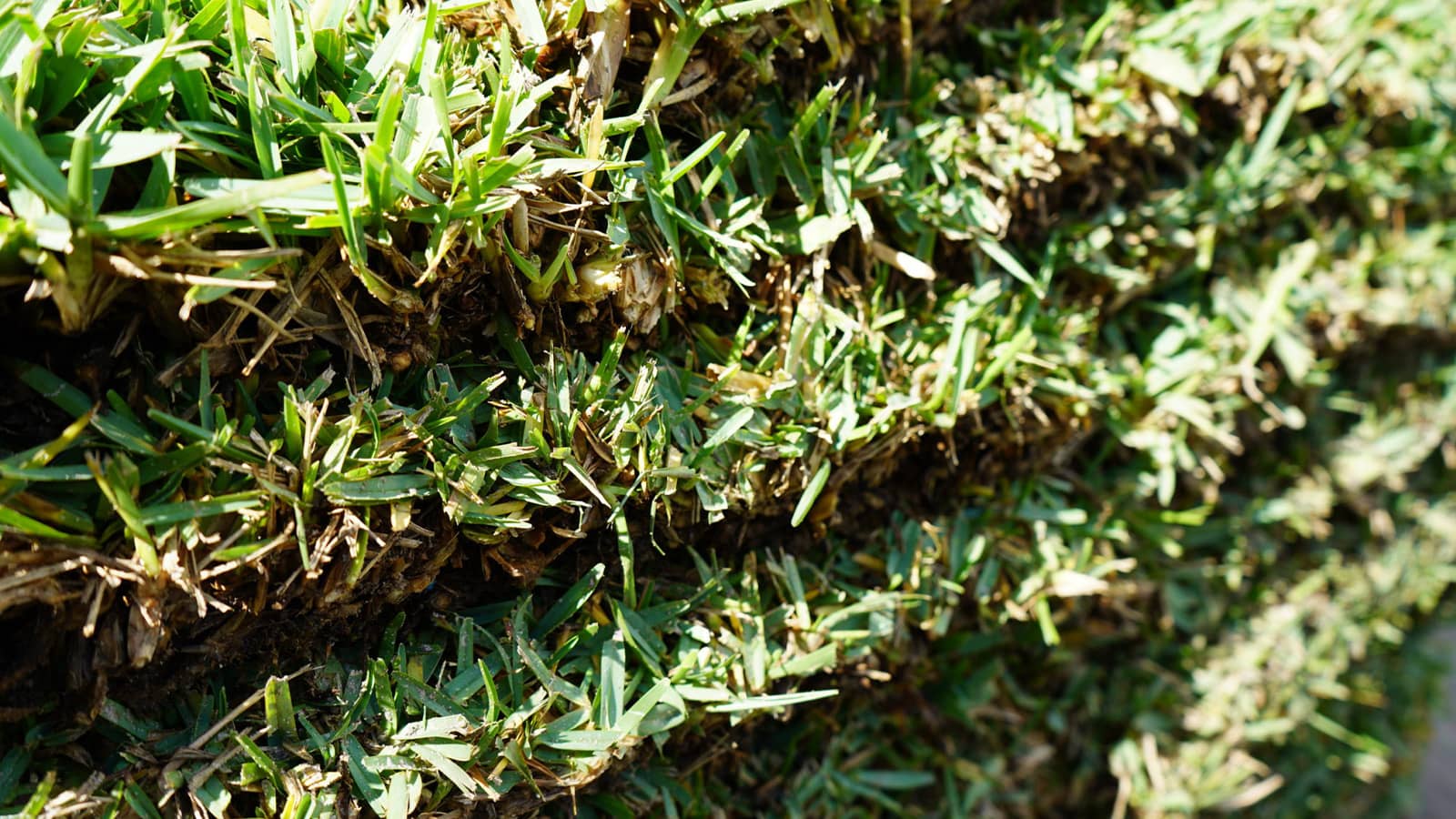
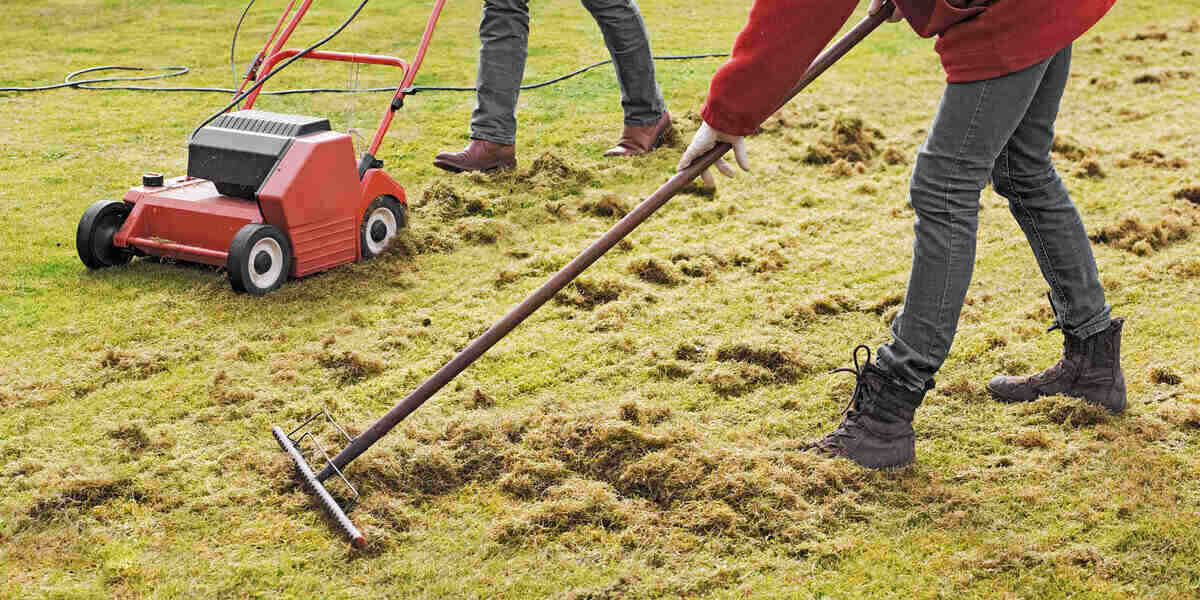
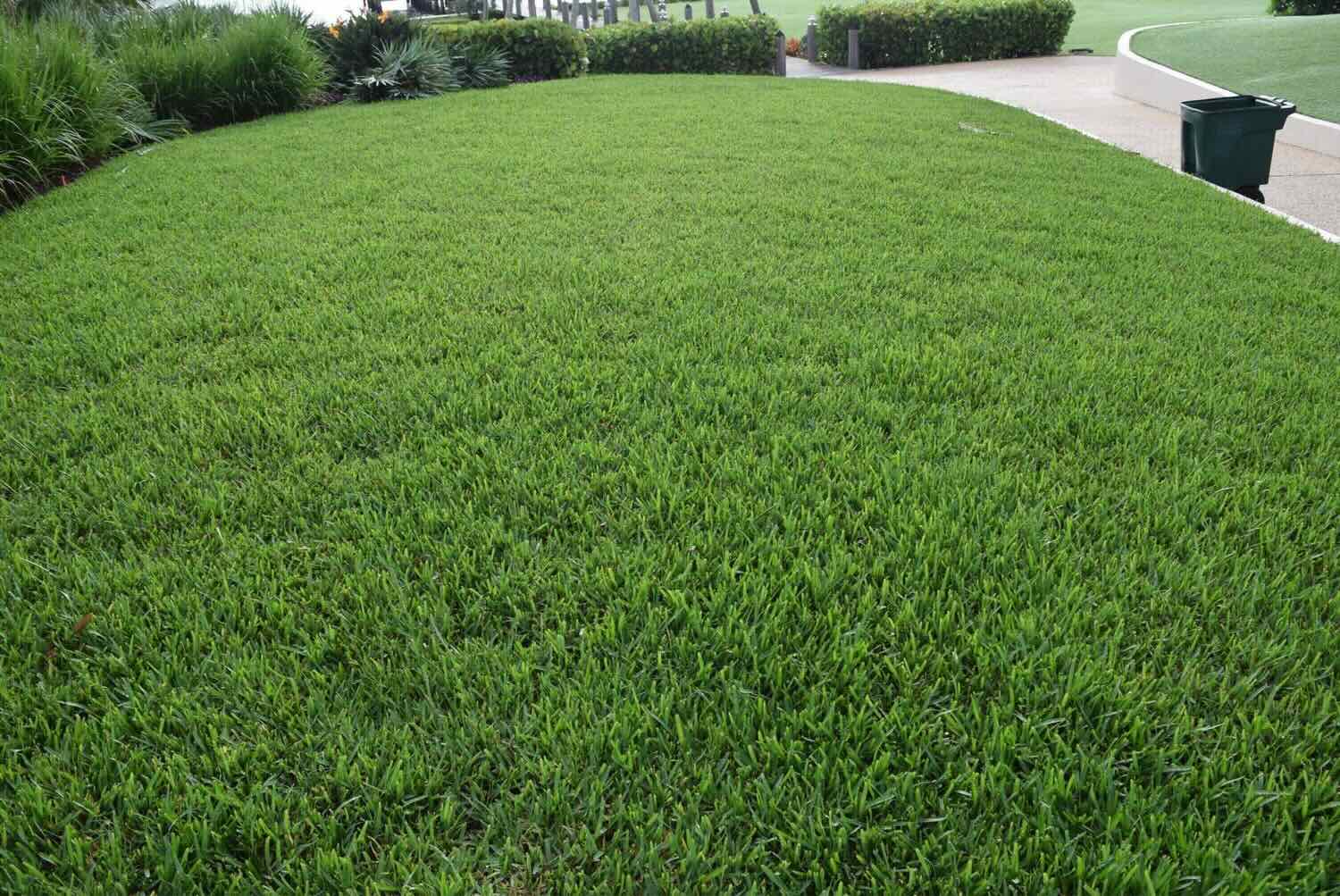
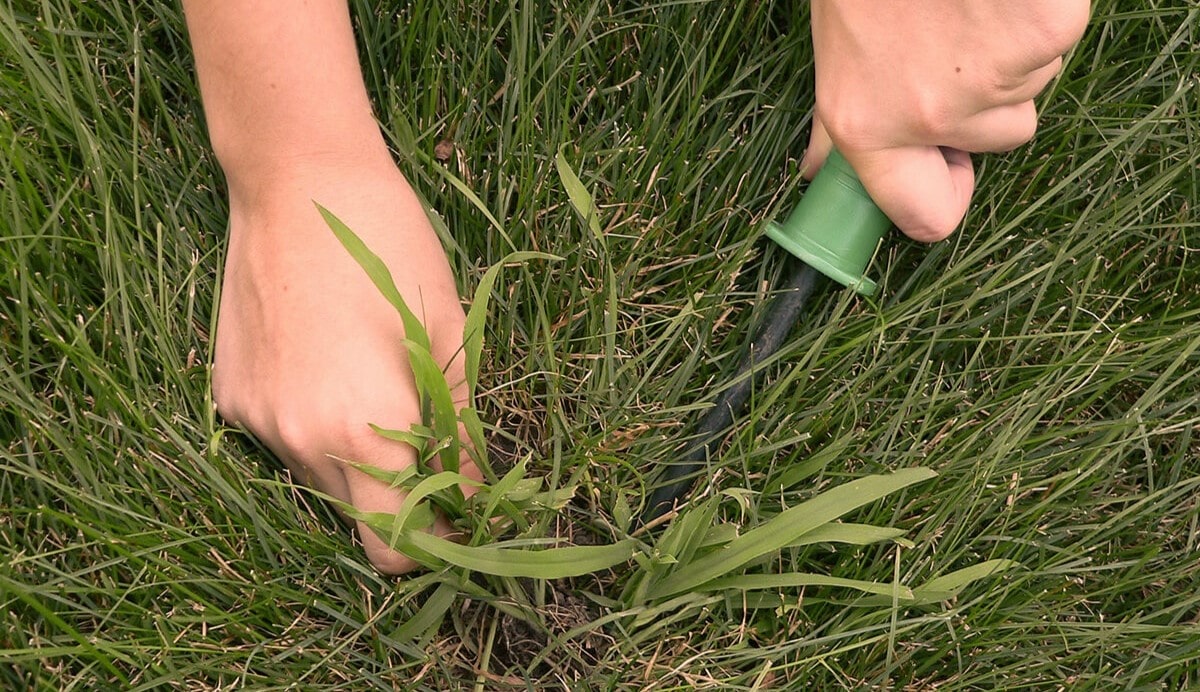
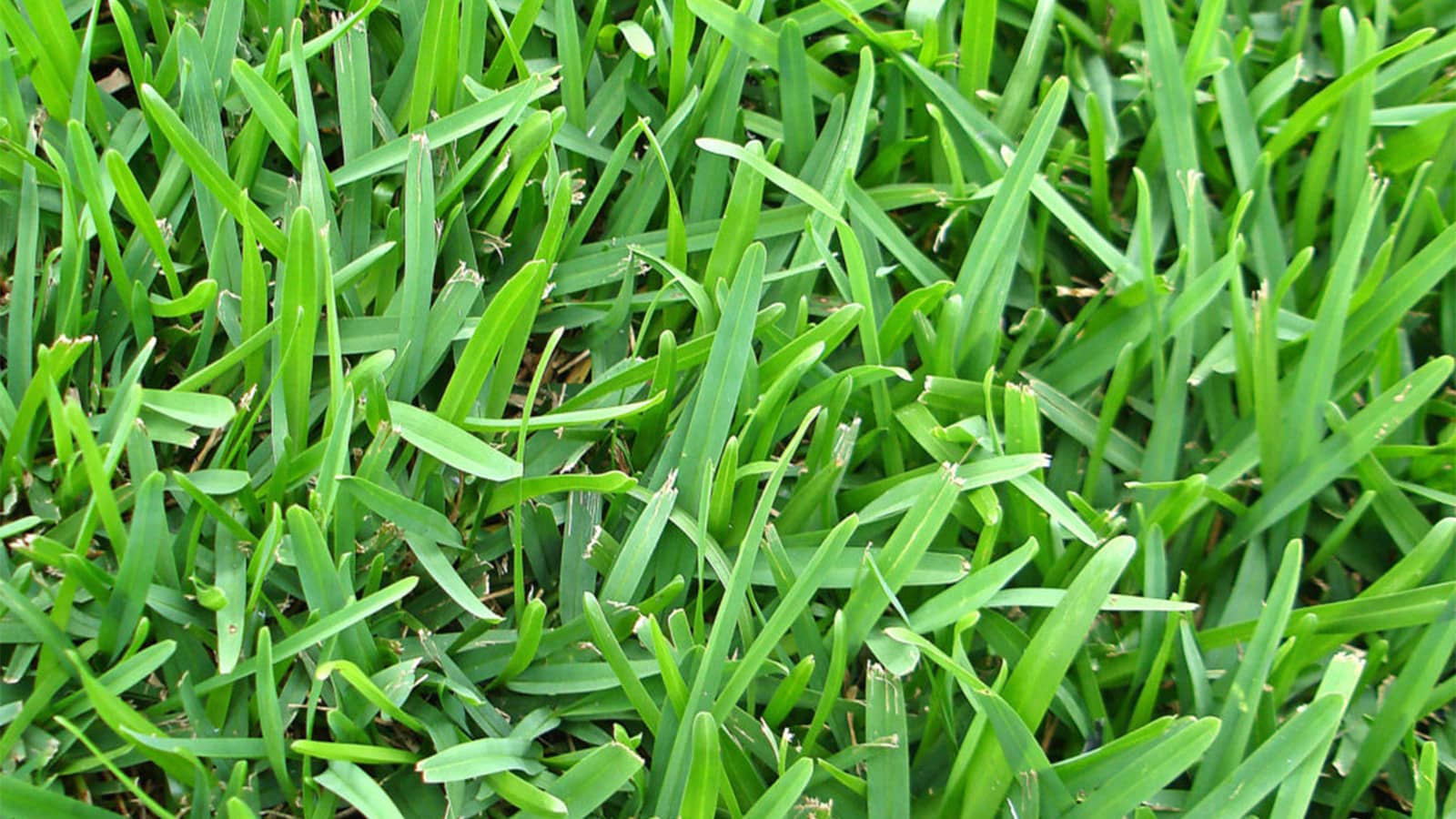
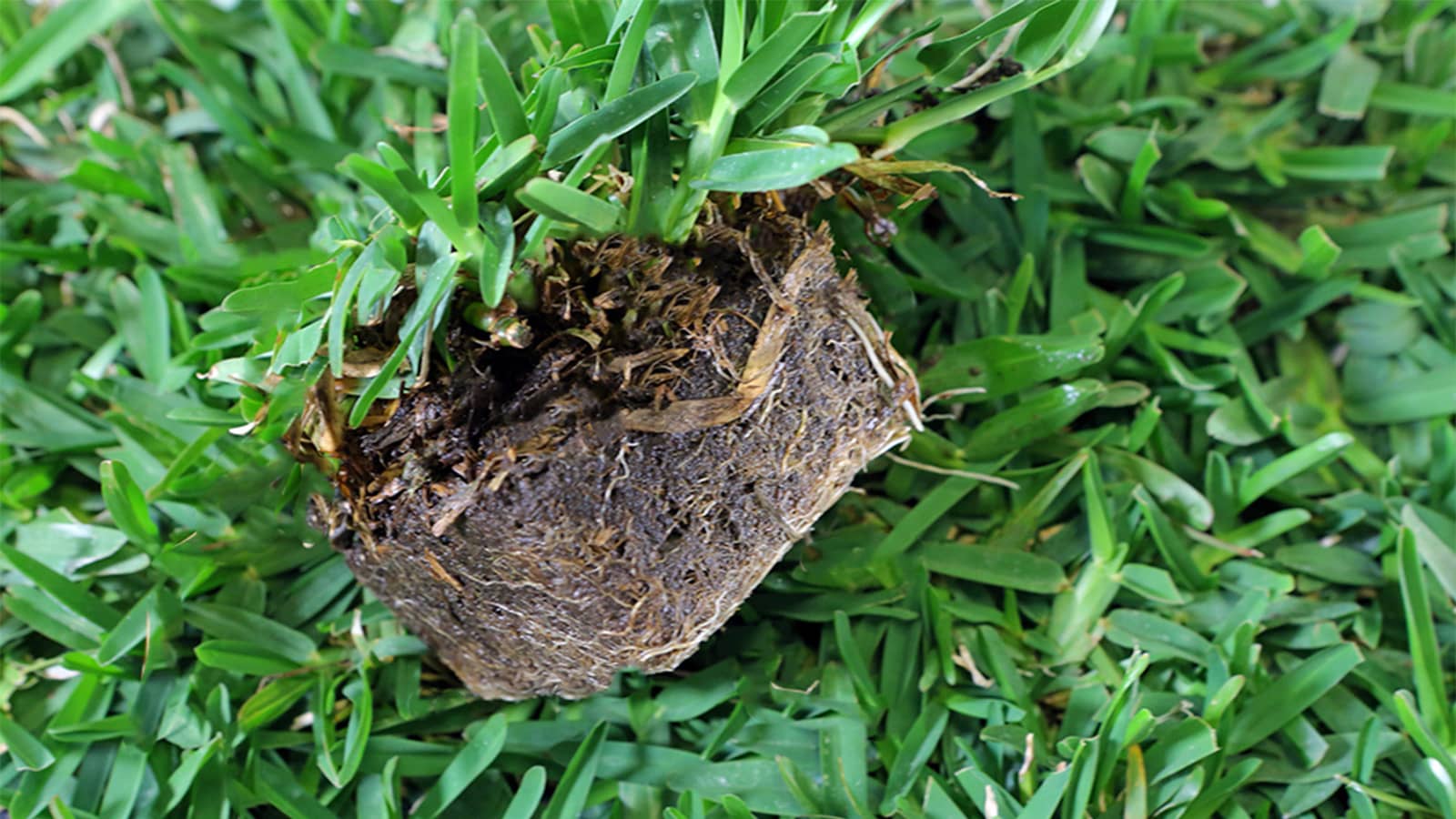
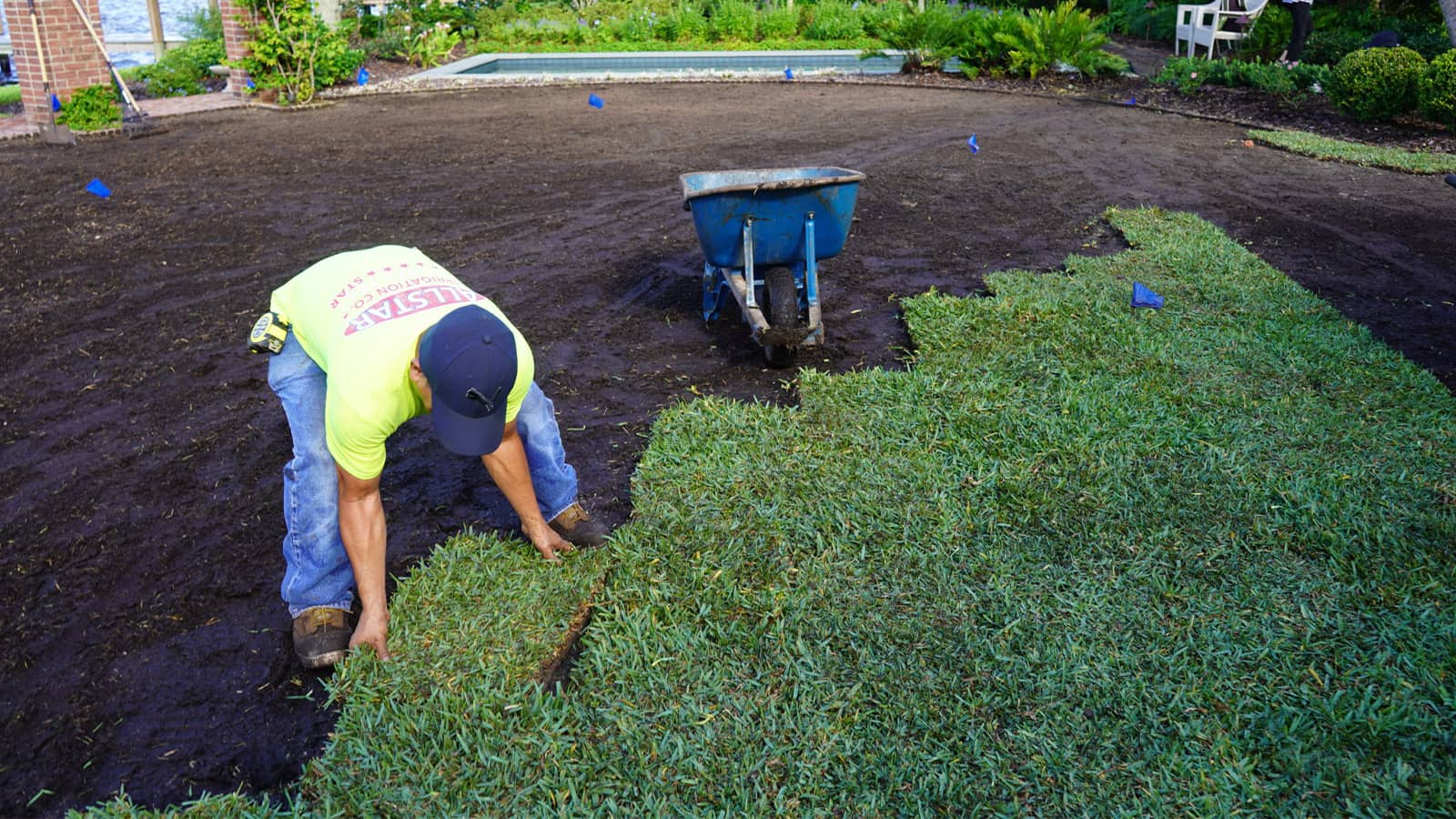
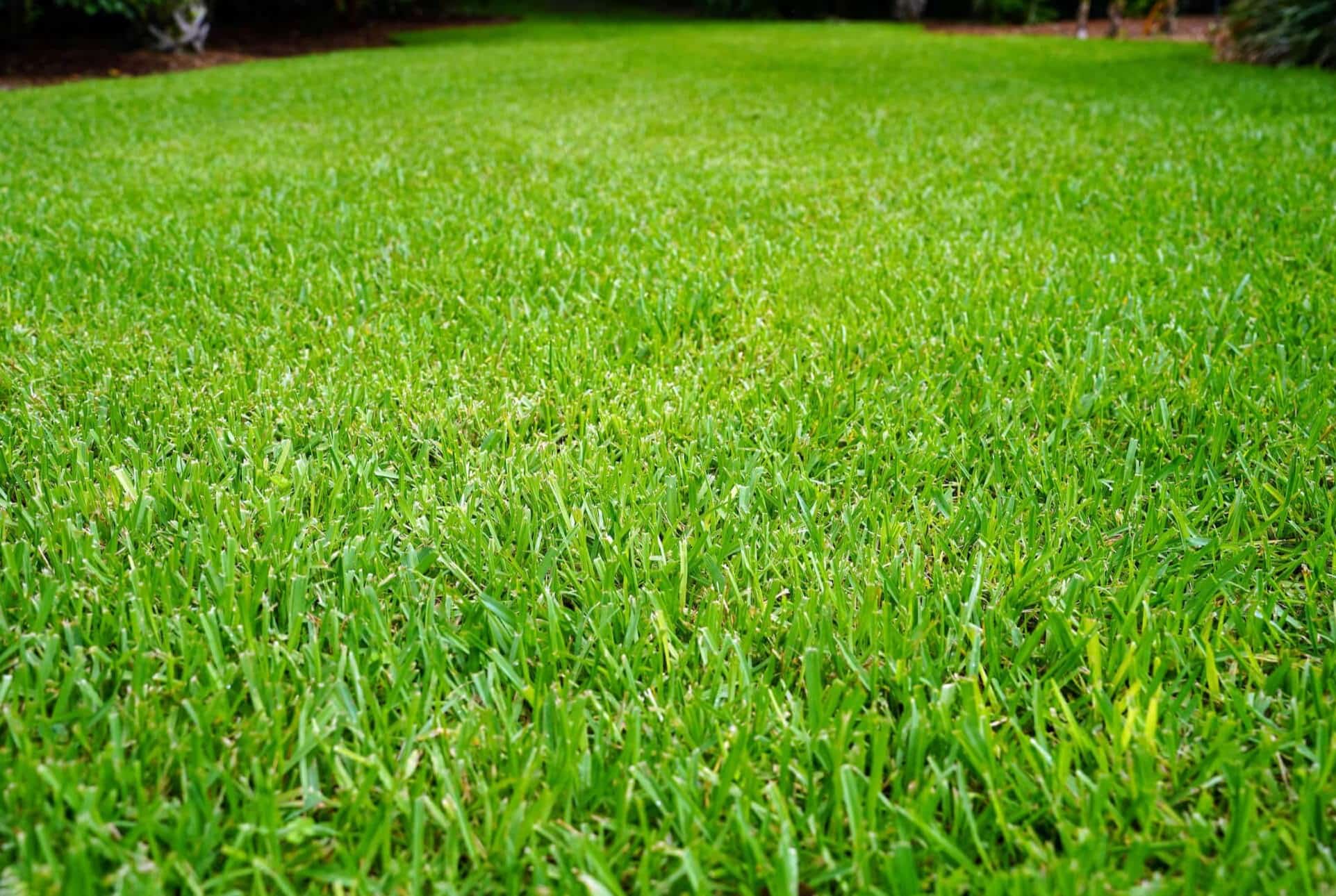
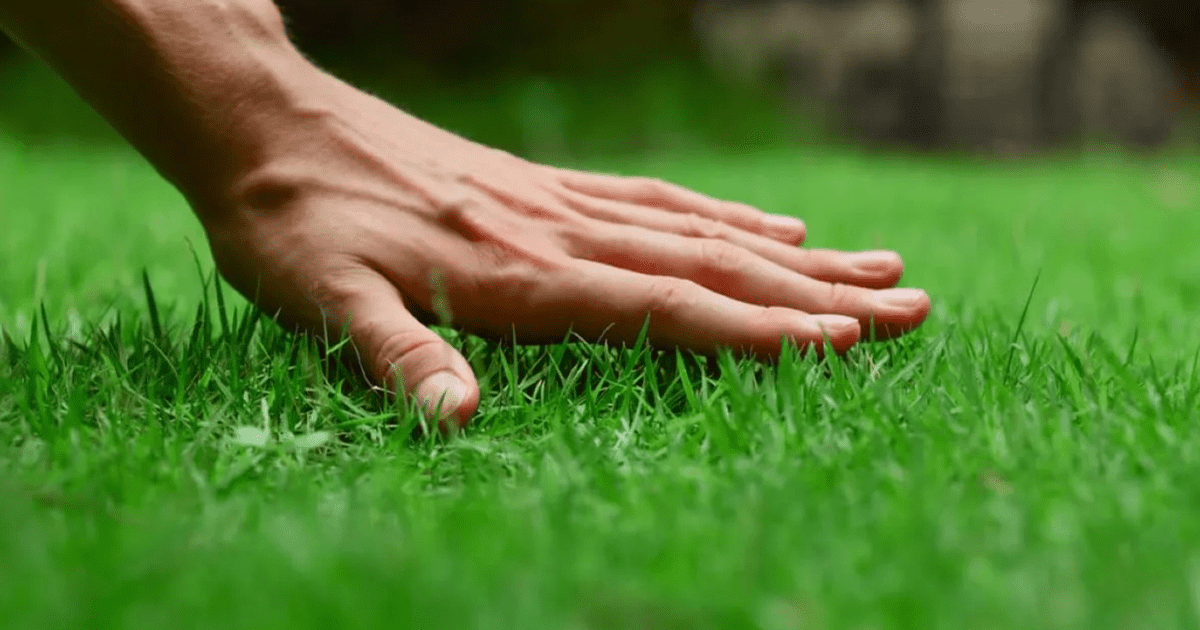
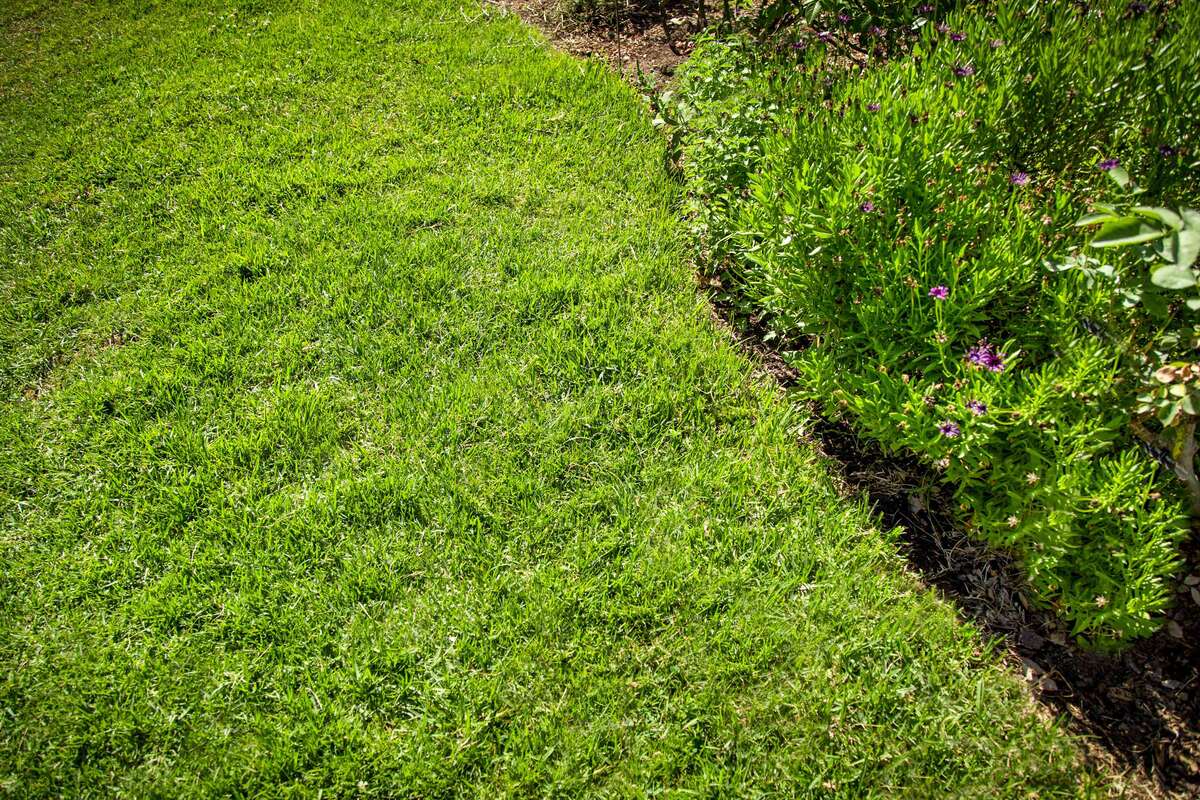
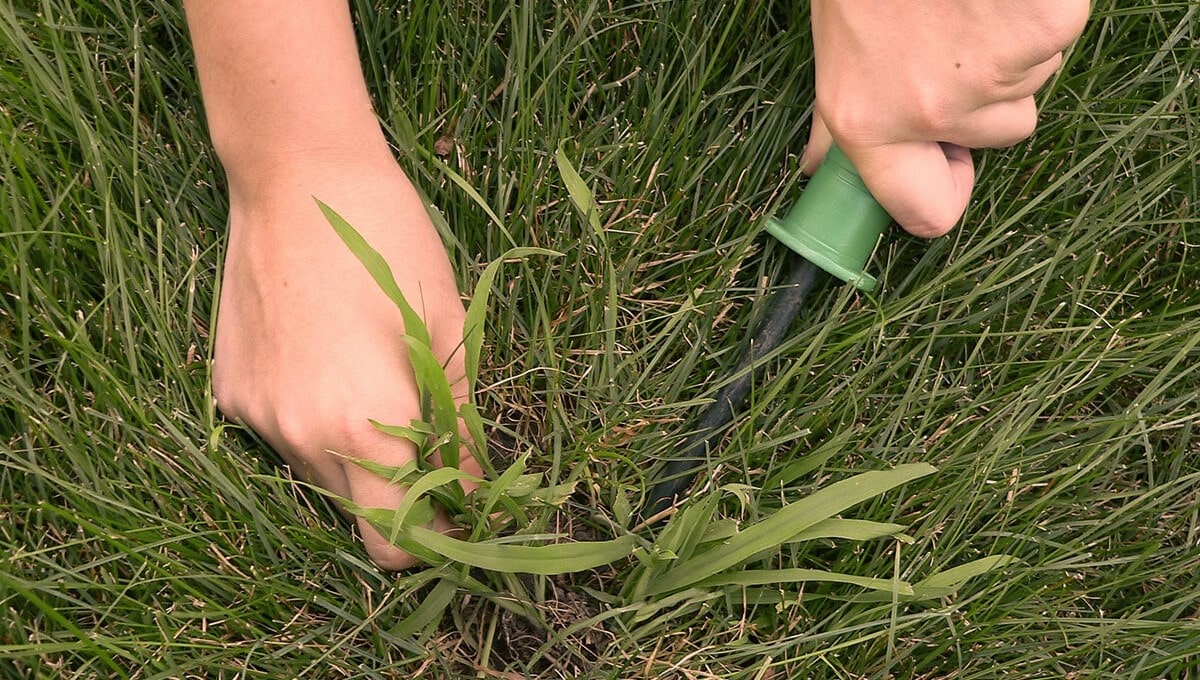
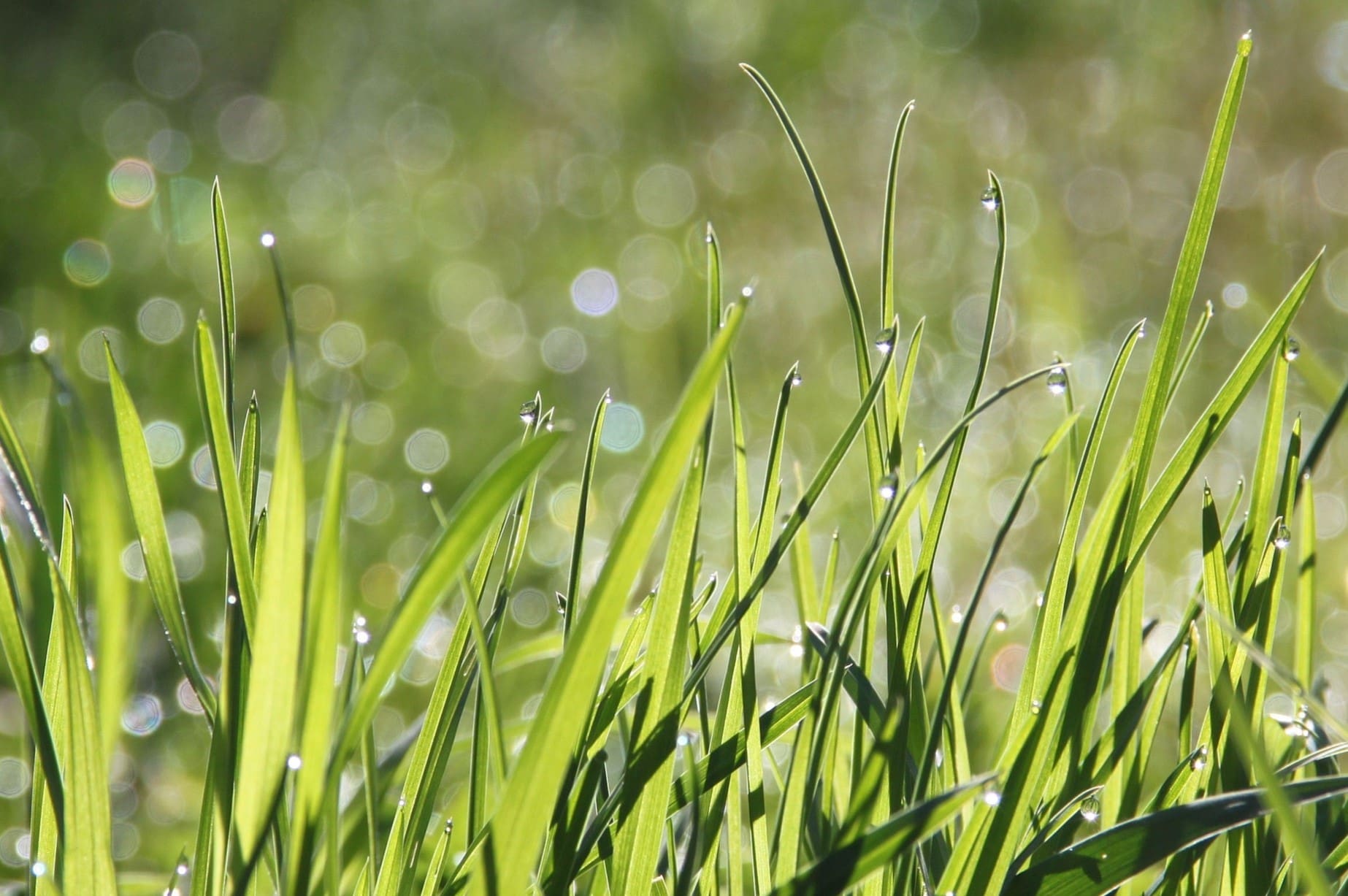

0 thoughts on “When To Dethatch St. Augustine Grass”